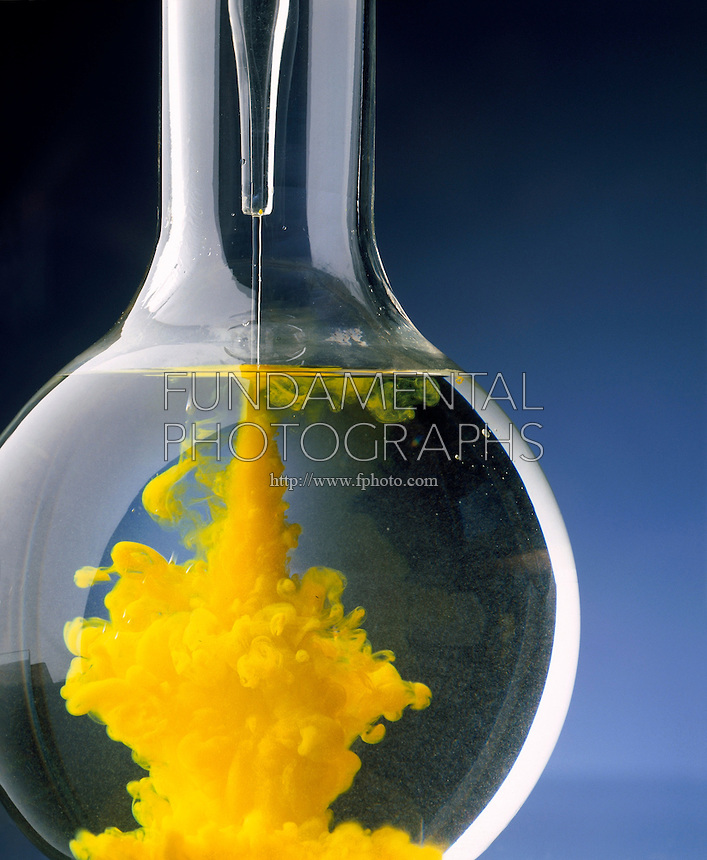Question #e8eae
1 Answer
Lead(II) iodide.
Explanation:
Assuming that you're dealing with lead(II) nitrate,
The balanced chemical equation that describes this double replacement reaction looks like this
"Pb"("NO"_ 3)_ (2(aq)) + 2"KI"_ ((aq)) -> "PbI"_ (2(s)) darr + 2"KNO"_ (3(aq))
The complete ionic equation looks like this
"Pb"_ ((aq))^(2+) + 2"NO"_ (3(aq))^(-) + 2"K"_ ((aq))^(+) + 2"I"_ ((aq))^(-) -> "PbI"_ (2(s)) darr + 2"K"_ ((aq))^(+) + 2"NO"_ (3(aq))^(-)
The net ionic equation, which doesn't include the spectator ions, i.e. the ions that are present on both sides of the equation
"Pb"_ ((aq))^(2+) + color(red)(cancel(color(Black)(2"NO"_ (3(aq))^(-)))) + color(red)(cancel(color(black)(2"K"_ ((aq))^(+)))) + 2"I"_ ((aq))^(-) -> "PbI"_ (2(s)) darr + color(red)(cancel(color(black)(2"K"_ ((aq))^(+)))) + color(red)(cancel(color(Black)(2"NO"_ (3(aq))^(-))))
will look like this
"Pb"_ ((aq))^(2+) + 2"I"_ ((aq))^(-) -> "PbI"_ (2(s)) darr
You can thus say that the reaction will produce lead(II) iodide, a yellow insoluble solid that will precipitate out of the solution.
 http://keywordsuggest.org/gallery/611617.html
http://keywordsuggest.org/gallery/611617.html

